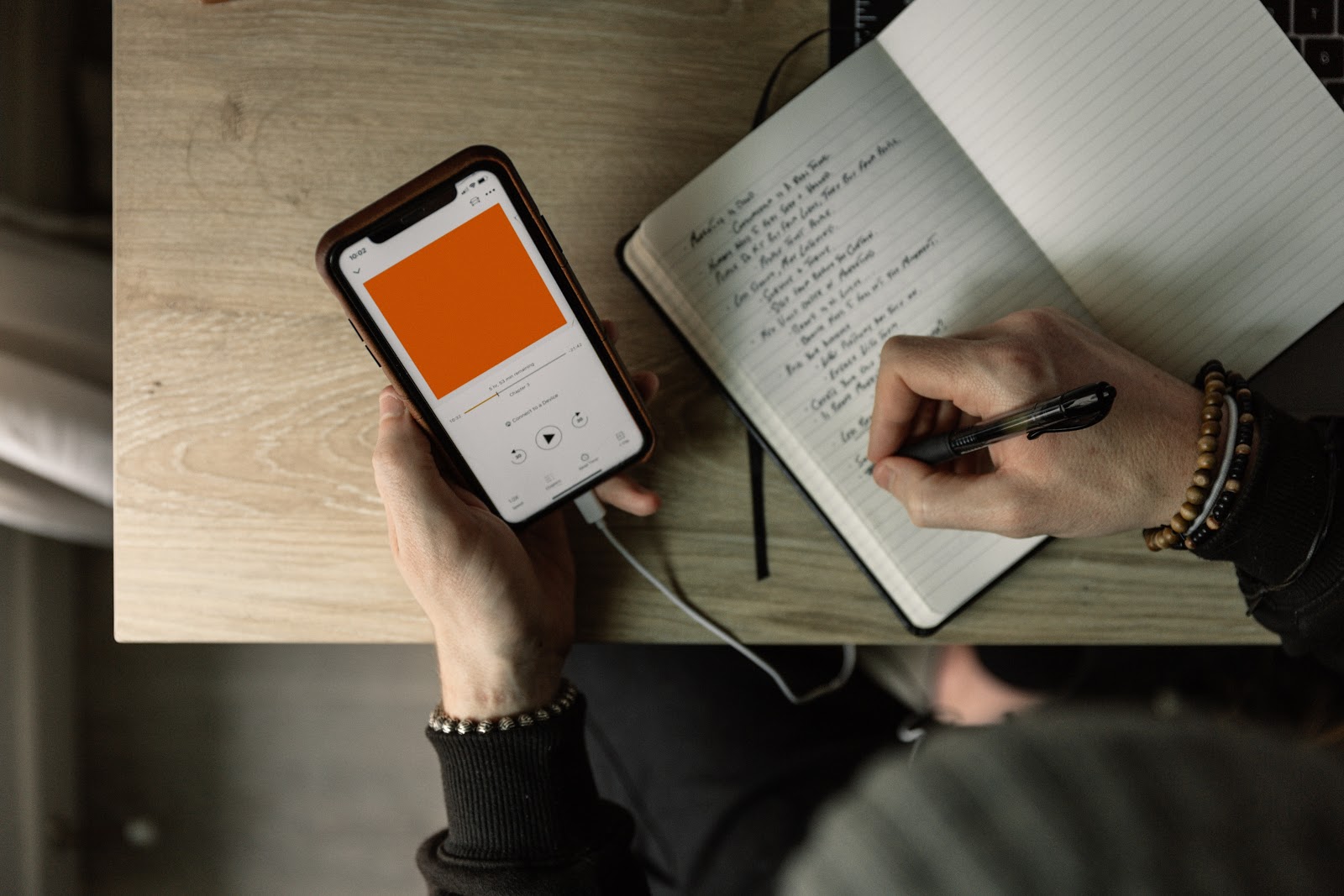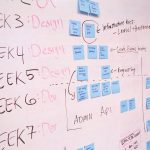Scenarios are essential for
successful testing. When you want to put a prototype in the hands of a user, the goal is not to observe what he does with it but rather to give him a task to perform.
You will therefore have to write these scenarios, which are short sentences that give the user a context and an objective.
Tests allow you to check if a user can use your solution without explanation and without being persuaded by someone else. Do not sell or try to persuade your users in your tests.
When writing a scenario, be inspired by a real situation. For example: A home delivery application.
- A bad scenario would be to ask to your user to: "Order sushi"
- While a good scenario should be to give a context:
"You might be home late tonight and you won't want to cook. You have a craving for sushi, but don't want to wait too long for delivery. You're also not willing to pay too much for the delivery, so depending on the situation, you may be tempted by something else."





